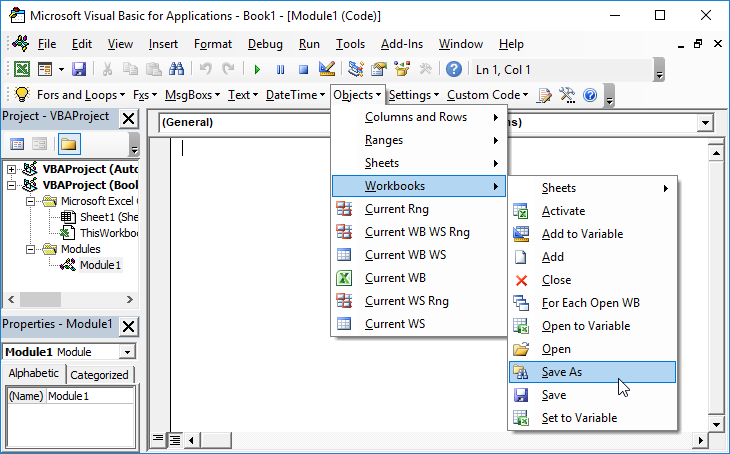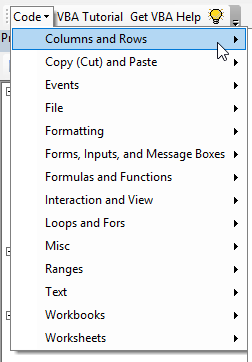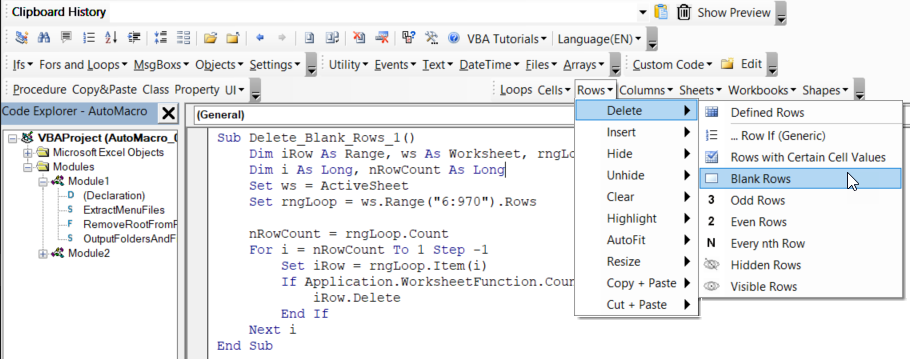Object Required Error in Excel VBA – Troubleshooting
Written by
Reviewed by
In this Article
Object Required Error Overview
This tutorial will help you troubleshoot Object Required Errors in VBA.
<<The tutorial is divided into two sections… easy troubleshooting…or advanced….
<<give some standard error trouble shooting message… lik ehow to identify the problem.
Objects Overview
In VBA, an Object is a “thing” like a worksheet, workbook, range, shape, row, column, userform, control, etc.
Objects have properties (exs: name, color, hidden) and methods (exs: open, clear, save, hide). If you attempt to apply a property or method, VBA needs a valid object on which to apply the properties or methods.
If you don’t provide a valid Object, you’ll receive the Object Required Error.
This guide will help you troubleshoot Object Required Errors.
#1. Option Explicit / Misspelled Variable Names
First, check if you’ve misspelled the object name. A misspelled name can cause the Object Required Error.
This can happen with existing object names:
<<picture… application1 vs. application>>
Or with variable names:
<<picture>>
One good way to prevent misspelled variables names is to make sure you declare Option Explicit at the top of your code module.
Option ExplicitOption Explicit forces you to declare your variables. Now when you Debug <<link>> your code, you’ll receive a message that you need to define your variable:
<<picture>>
This should help clue you in that that variable is misspelled.
#2 Variable Assignments
Next, make sure that you assigned your variables properly.
Object Variables must be assigned by using Set Object = : <<link>>
<<code example… maybe give multiple>>
If you don’t use Set for object variable assignments you’ll receive the Object Required error.
<<picture>>
Similarly, Non-Object Variables should be assigned without Set:
<<example>>
If you attempt to use Set on a non-object variable, you’ll receive the Object Required error.
<<picture>>
#3 Worksheet-Level Modules
Is your code in a worksheet-level module? If so, you’ll need to be extra careful when referring to named ranges on other worksheets.
For example, you may have a workbook-level named range “Date”, in a regular code module, you can reference the named range like this:
MsgBox Range("Date").valueHowever, if you reference the named range from within a worksheet-level module, you must explicitly define the worksheet where the named range is located:
MsgBox Sheets("Sheet2").Range("Date").valueOtherwise you’ll encounter an error:
<<picture>>
VBA Coding Made Easy
Stop searching for VBA code online. Learn more about AutoMacro - A VBA Code Builder that allows beginners to code procedures from scratch with minimal coding knowledge and with many time-saving features for all users!
Learn More!



